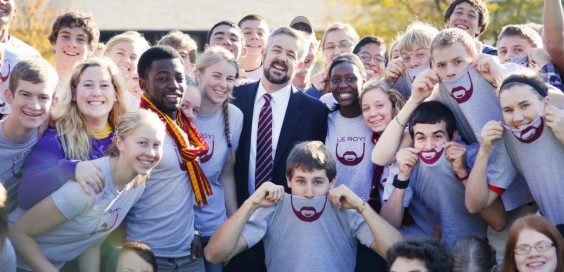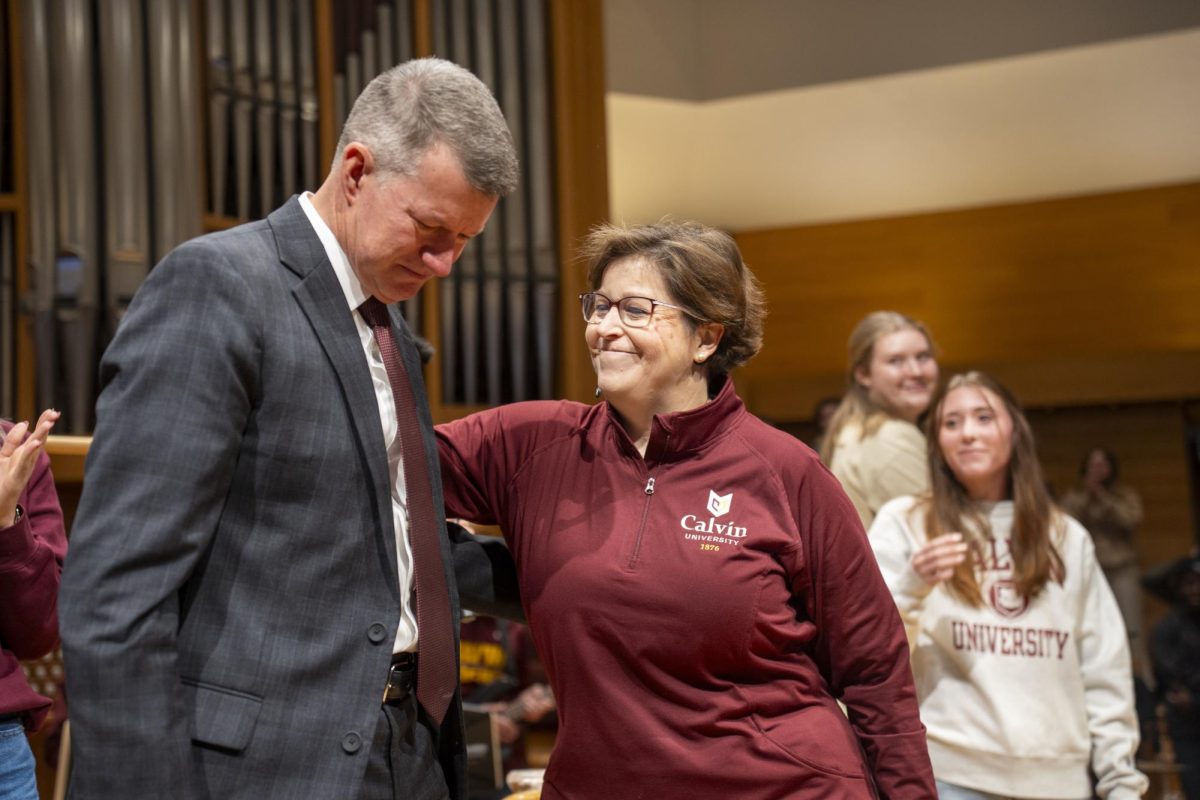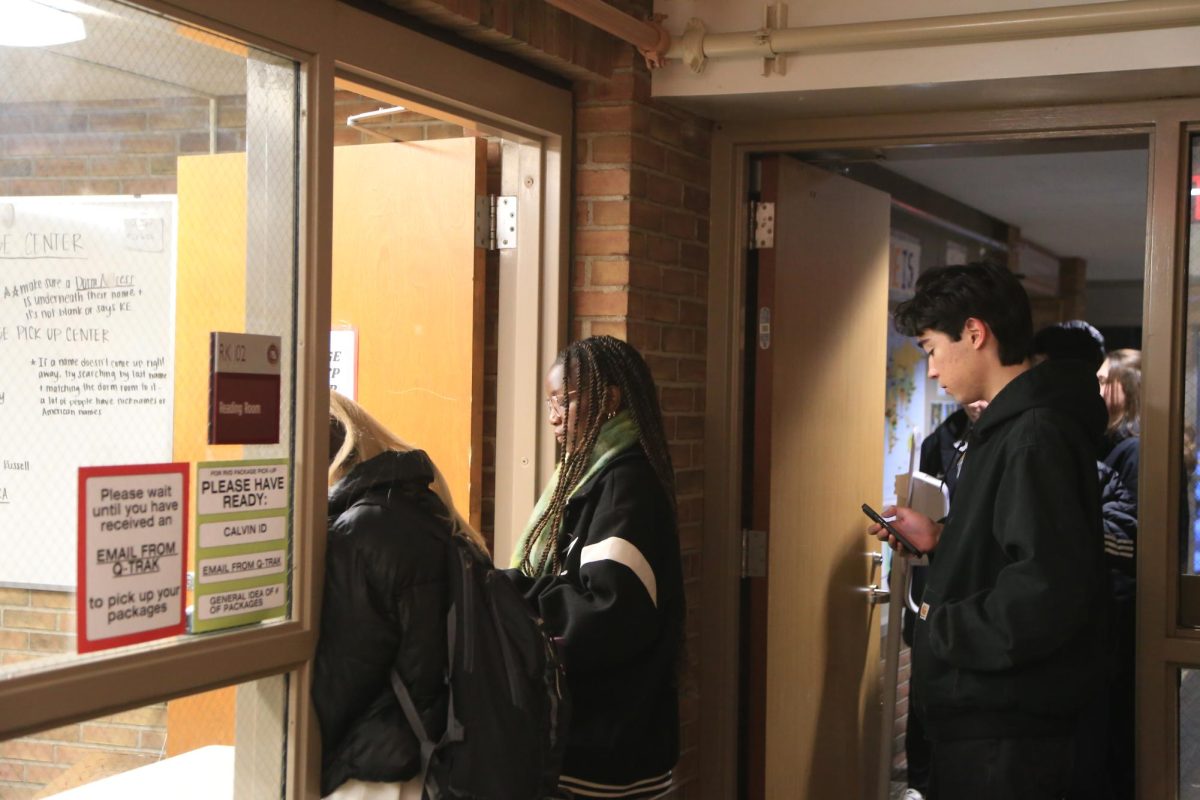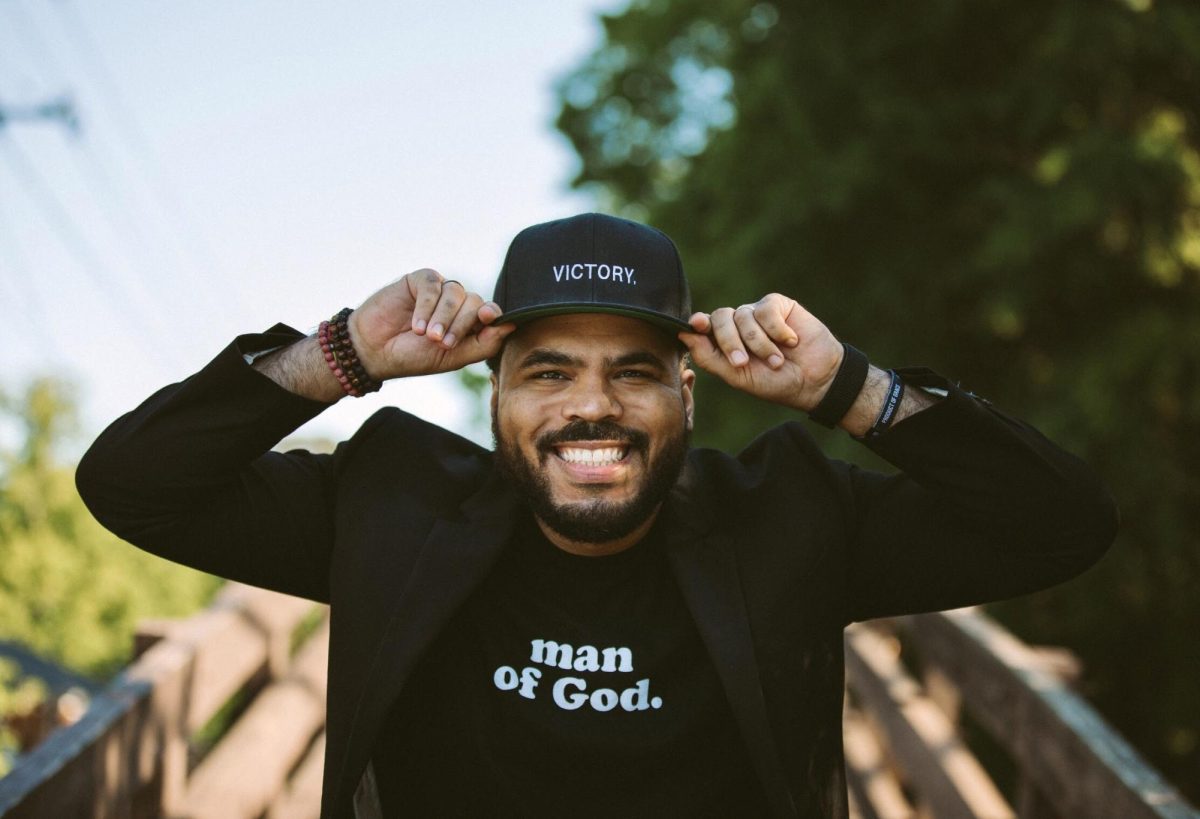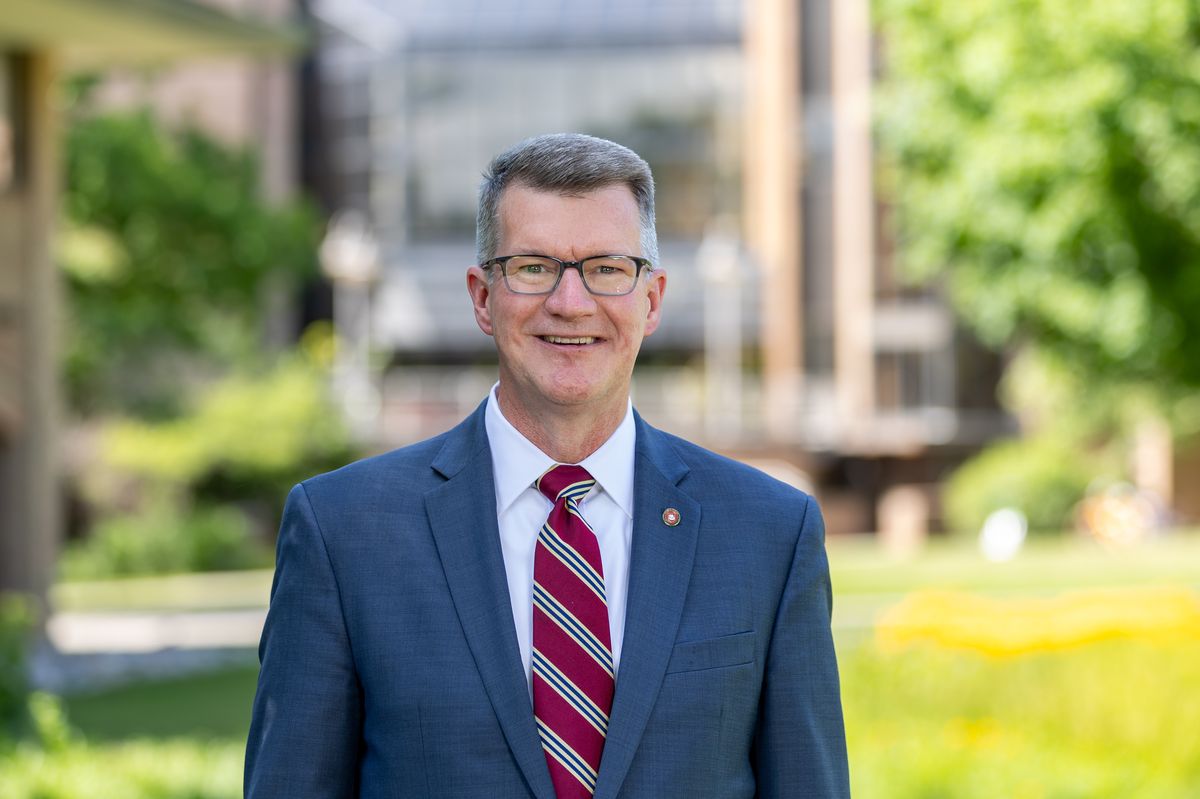Last January, the Board of Trustees approved Strategic Plan 2019: Strengthen, Support, Secure. The five-year plan set progress goals for the college’s academics, community and financial situation.
Diversity and inclusion are a key point of the plan, which created a new cabinet position that would focus on recruitment and retention of diverse faculty, staff and students.
Calvin is currently in the search process for a person to fill that role, known formally as the executive associate to the president for diversity and inclusion (EAPDI).
The EAPDI will work towards fostering a welcoming community that values the differences within it, stands firmly on its common ground and listens to the quieter voices.
While international and minority students attended Calvin before then, the college’s intentional approach to diversity traces back to the 1985, with the “Comprehensive Plan for Integrating North American Ethnic Minority Persons and Their Interests Into Every Facet of Calvin’s Institutional Life.”
The comprehensive plan set specific climate goals that have led to a variety of creative initiatives like the summer Entrada Scholars Program, Rangeela, the Grassroots floor in van Reken, Christian Reformed Church (CRC) denomination anti-racism workshops, UnLearn Week and the Multicultural Students Development (MSDO) and International Student Development (ISDO) Offices.
In 2003, the position for dean of multicultural affairs was created to further this positive growth and serve as a link between multicultural students and the provost. After leaving the sociology department to serve as the interim dean, Dr. Michelle Loyd-Paige took on the official position.
In 2004, the college decided that the comprehensive plan needed an update. The 54-page From Every Nation (FEN) document bluntly acknowledged the presence of institutional racism at Calvin and that its founding as the college of the Dutch CRC often alienates outsiders.
The vision statement for the FEN document reads, “Whether or not they are subjected to overt harassment, persons of color must wear their differences at all times. The ongoing sense of being ‘unusual’ is a particular burden for Calvin’s students of color. Going to class, working on campus and hanging out in the dorms become acts of diplomacy, occasions that require the wearing of one’s public face. Calvin College does not feel like home for these students, for it has not been designed with them in mind.”
Since then, the FEN document has guided the Calvin conversation on multicultural affairs and anti-racism. But recently, the conversation has shifted from the terms “multicultural” and “minority” to “diversity” and “inclusion.”
In 2013, Loyd-Paige stepped into the role of interim EAPDI. Beyond multicultural affairs, “[the area of responsibility for the EAPDI] also includes areas of gender, areas of disability; it really would include any area of diversity on campus,” said Todd Hubers, director of human resources.
In February, a consultant held focus groups with students, staff and faculty to determine the qualities of an ideal EAPDI.
The job posting called for a leader who could “[shape] the culture, relationships, programs and practices of the college in conjunction with a network of key leaders across the campus” and “optimize connections … to coordinate deep, meaningful and pervasive organizational change.”
Hubers said over 20 applications or nominations made by members of the Calvin community have been received.Loyd-Paige is among the applicants.
Last week’s student senate debates largely focused on diversity and inclusion and illustrated that, while the student body recognizes the importance of these goals, it is still figuring out how to best bring about a more diverse and inclusive community.
Is diversity identifying ethnic minorities in positions of leadership? Or is it necessary for a member of the majority to lead the rest of the community to be more inclusive? Are these two things at odds or is there potential for harmony?
Should we be paying more attention to diversity of gender or ability? How can we affirm and include these individuals?
The new EAPDI will work through questions like this and guide Calvin’s steps. These subjects are not simple, but engaging them is affirmed in the FEN document:
“The pursuit of restoration in racial and cultural relations should work to reinforce, even as it is reinforced by, the pursuit of restoration in other areas such as gender and class relations.”



